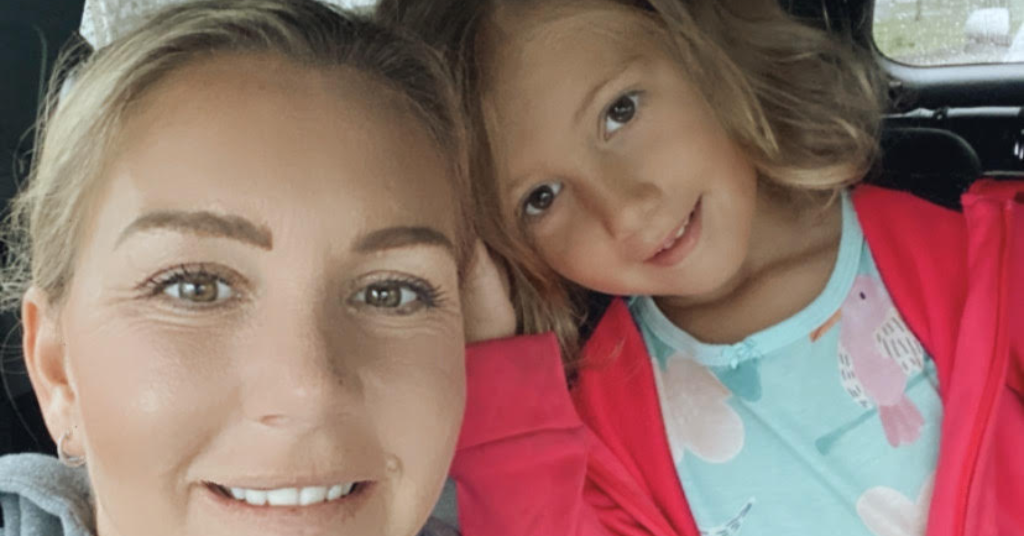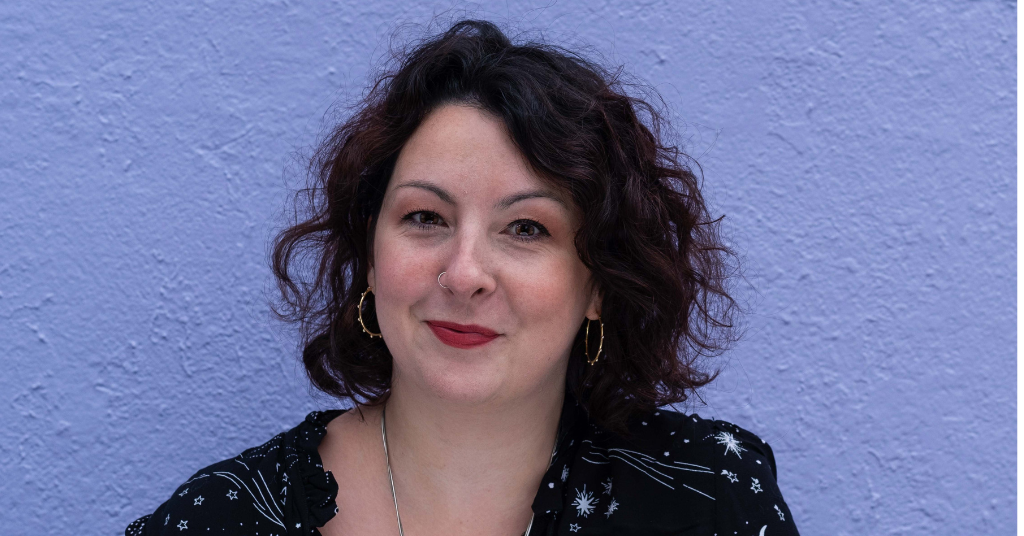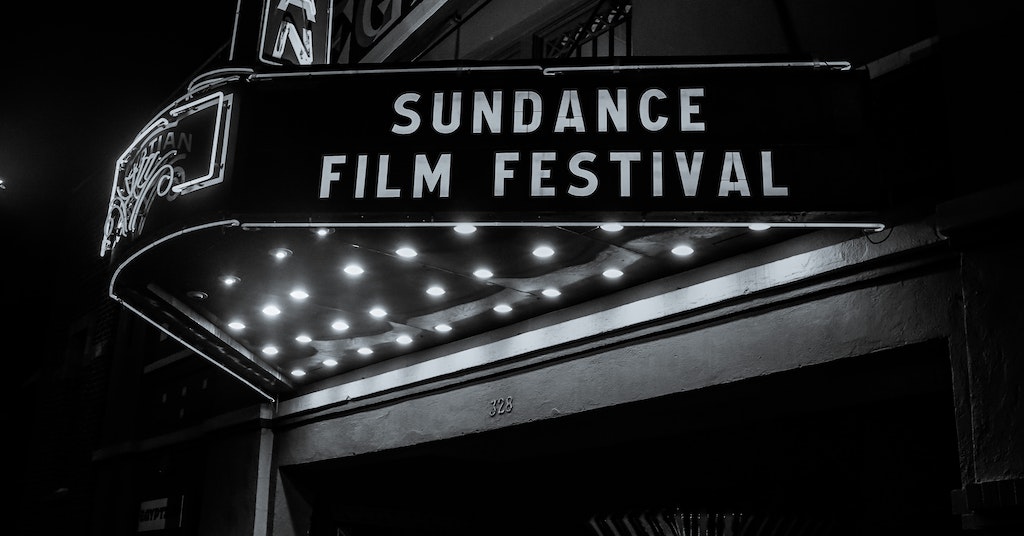
How hearing aids helped Runar Jenssen graduate
April 26, 2021
How Clubhouse App Lacks Accessibility
April 28, 2021The Oscars, the night that divided the deaf community

Considering that cinemas were closed during the past year due to the Covid pandemic, the 93rd Academy Awards were still a lavish affair – even if the invited celebrities were a severely paired-down 170, compared to the usual 3,000 guests.
It was the first time tinsel-town had amassed as a single gathering in more than a year, and despite the lack of open movie theatres, there were eight brand new films on show and an interesting past year of streaming movies and new ways of cinematic interaction.
On the red carpet was the former Oscar winner for the movie, Children of a Lesser God (1986), Marlee Matlin, who had been invited to the ceremony as one of the presenters. Matlin’s latest film CODA, a coming of age drama also staring Emilia Jones, is a film looking at family relationships within a deaf family and is hotly tipped for an Oscar win for next year.
Read more: Marlee Matlin on the stigmas of hearing loss
Marlee Matlin at the Oscars
Her appearance at the Oscars was of course of great interest and significance to the deaf community, as she is one of the most famous high profile deaf people in America.
When Matlin won her Oscar at age 21 she was the youngest recipient in history and also the only deaf person to win one of the statuettes. Her appearance at Sunday’s ceremony began beautifully, as she stepped onto the red carpet in a dazzling Vivienne Westwood custom black and silver dress. This was the beginning of what was hotly anticipated as a night where deaf inclusivity also promised to be a star attraction.
View this post on Instagram
How the Oscars upset the deaf community
In a move that upset the deaf community, Matlin’s evening was spoiled – not on stage, but by a camera crew too eager to pull away from the star as she was introducing award nominees using American Sign Language (ASL) and instead cut away to show the nominees.
Many people took to social media to tell the academy how they felt about the slight, which has been taken as an insult to all of those who use sign language, not as a translation device, but as a first language. American Sign Language (ASL) is not merely a useful form of translation, but in fact, a language just as important to its users as English or any other spoken language.
Having #marleematlin presenting at #Oscars is awesome , as great as she is – but showing the nominees while she she is signing so you just hear her translator….BAD DECISION!#Oscars2021
— Meg (@CineMEG_Blog) April 26, 2021
All the deaf viewers watching this important occasion were left with only half the message, because only a spoken translation was offered as the camera moved away from the signing Matlin – a translation sadly lost on those whose language is not spoken or heard, but is instead signed and as such has to be seen.
Why ASL in Media is Important
This also recently happened at the Super Bowl during a performance of the rapper Warren Snipe who was signing The “Star-Spangled Banner” and “America the Beautiful” in ASL and was only shown for part of his performance, because the hearing crew behind the cameras decided it wasn’t as important as showing crowd shots and the other artists performing.
Read more: Get to know the Deaf rapper who performed at the Super Bowl
This lack of understanding on the Academy’s part turned what should have been a perfect night for the deaf community into a bittersweet affair. Had they used picture in picture the transition would have been smooth and understood by all those watching, however, cutting away from someone who was still speaking was rude in the extreme.
Worse still is that this was a night where the Academy highlighted deafness and celebrated not only deaf culture but also deaf artists.
Oscar wins for the deaf community
Still, the 2021 Oscars were bittersweet, because the night wasn’t all bad. In fact, it was a great night as it offered two deaf wins. First, a short Google film titled “A CODA Story;” this was one of their now-classic advertising creative pieces.
“A CODA Story”
The short piece focused on a lead designer at Google Brand Studio, Tony Lee. He is the CODA from the title, which stands for Child of Deaf Adults.
The film told its story in a mixture of live-action and animated scenes. As the story played out we saw how a family separated by Covid was brought together by Google technology and innovations.
Lee’s parents were able to keep in touch with their new grandchild by Live Captioning and captioning in Google Meet, which enables Lee’s deaf parents to communicate and enjoy family life.
“Sound of Metal”
Of course, the deaf highlight of the evening was a deaf film winning not one but two Academy Awards. Sound of Metal, a movie about a drummer played by Oscar-nominated Riz Ahmed as a drummer in a band who is losing his hearing.
Read More: Sound of Metal: A film about a deaf drummer
During the movie, the sound is manipulated to give audiences a better understanding of deafness, both sound and lack of sound are cleverly utilised.
The film won Best Sound, beating tough competition from Greyhound, Mank, News of the World, and Soul. This award was new for this year and combined two previous awards of Sound Editing and Sound Mixing.
The sound team enjoyed the join award as it was truly a collaborative effort by supervising sound editor and designer Nicolas Becker and his team Jaime Baksht, Carlos Cortés, and Michelle Couttolenc. Becker was also the sound designer. The team also scored a hit for Mexican sound engineers. The soundtrack was recorded in Tepoztlán, Morelos, Mexico.
Sound of Metal also won Best Film Editing, so it was a wonderful win for the deaf community and deaf art in general.
The future for deaf talent at the Oscars
It is only a shame that the highlights of what has to be seen as a huge win in many ways were marred by such an act of gross thoughtlessness on the part of the Academy.
Deaf inclusivity appears to have become something of a buzz word within many areas of the mainstream hearing community. Sadly, this is a word that is being lost in translation.
Read more: Why lowercase “d” deaf culture matters
The idea should and must be one of full and thorough integration, not simply an invitation to be included, because this comes across as schoolyard gangs, with the hearing gang allowing the deaf gang to hang around with them.
Being deaf or hard of hearing in no way diminishes who a person is or in any way defines their capabilities in life.
You never hear a deaf person say, “Poor guy he can hear.”



